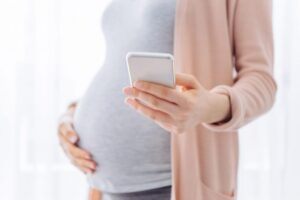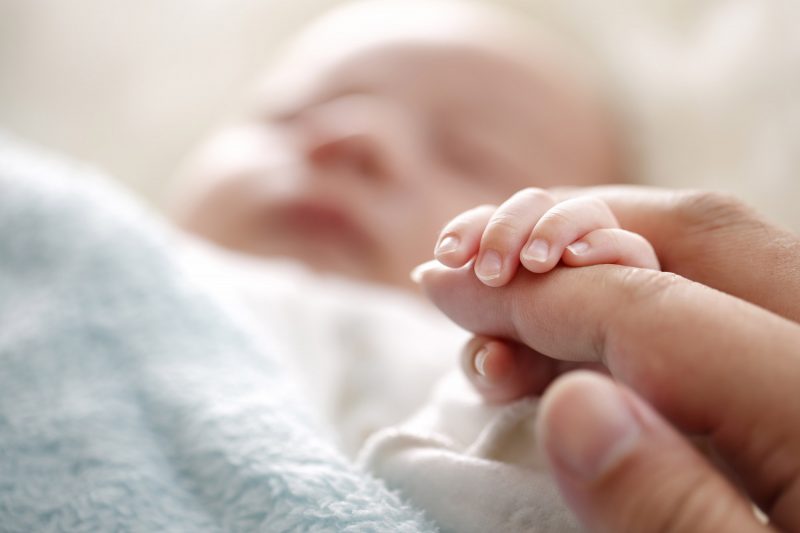Article contributed by:
Shweta Nayak, MD
Reproductive Medicine Institute, a participating WINFertility Provider NetworkAs much as things change studies of primordial egg counts on histologic specimens of humans have shown not only does the primordial pool get smaller with age, but when modeling algorithms are applied, the decline in a woman’s eggs appears to be biexponential with the count decreasing as early as the early thirties and more rapidly after 37 (Hamish 2010).Beyond bench data, clinical research also corroborates this. Data from donor insemination studies are helpful to evaluate the independent effect of maternal age on treatment outcome since women enrolled are less likely to have other fertility issues. At least 3 large donor insemination studies have shown that (1) conception rates are highest in younger women (<30) (2) more treatment cycles are required per conception in women >35 and (3) after 30, the chance for live birth falls by about 3.5% per year (Schwartz 1982, Virro 1984, Shenfield 1993).National data for IVF outcomes also clearly depicts that chance for treatment success declines with increasing age, and this decline can be seen in the late 30’s (CDC SART 2012). Putting everything together, it is clear that the single most important determining factor for future live birth following is maternal age.
Changing what we can
Despite this data, there has been a pushback, claiming that the ‘baby panic’ being communicated is untrue. “As medical professionals, we never advise panic,” says Dr. Nayak. “However, for those who want to build their families, we certainly recommend attention to these facts. And, while every individual woman’s reproductive potential may be different, with some losing the ability to conceive with their own eggs by their mid 30’s and others maintaining that ability through their early 40’s, it would be imprudent to support the notion that fertility is a static issue. It’s important to know that while certain lifestyle factors may affect fertility, a woman’s own ‘biological clock’ is preset.”This being said, Dr. Nayak recommends that this ‘attention’ to fertility be paid throughout a woman’s reproductive years. “According to the American Society of Reproductive Medicine, there are several approaches to optimizing natural fertility, which include maintaining a healthy weight, refraining from smoking, and seeking medical professional advice for any pre-existing medical or genetic condition. In addition to this, women may consider a fertility ‘checkup’ in their late 20’s or early 30’s to measure ovarian reserve.” Egg Freezing and embryo freezing, although not a guarantee for future pregnancy, may be considered as a ‘back up plan’ for women whose fertility levels may be waning before the time that they are ready to start a family.“Knowledge is power, when it comes to fertility as well,” says Dr. Nayak. While you can’t change the amount of time you have to conceive your family, you can certainly optimize your opportunities.”



Fertility Management
Telehealth and Fertility Treatment
How It Can Support Patients Along Their Journey
The trend toward use of technology and telecommunications in...

Fertility Management
Fertility Treatment for the Military
Who Needs It and Why
Service in the U.S. military entitles active duty personnel and veterans to medical...

Benefits (Employer Resources)
Covering Conditions vs. Family-Building Benefits
How Larger Benefit Buckets Support Inclusivity
Infertility used to be regarded as a “woman’s problem.”... 


